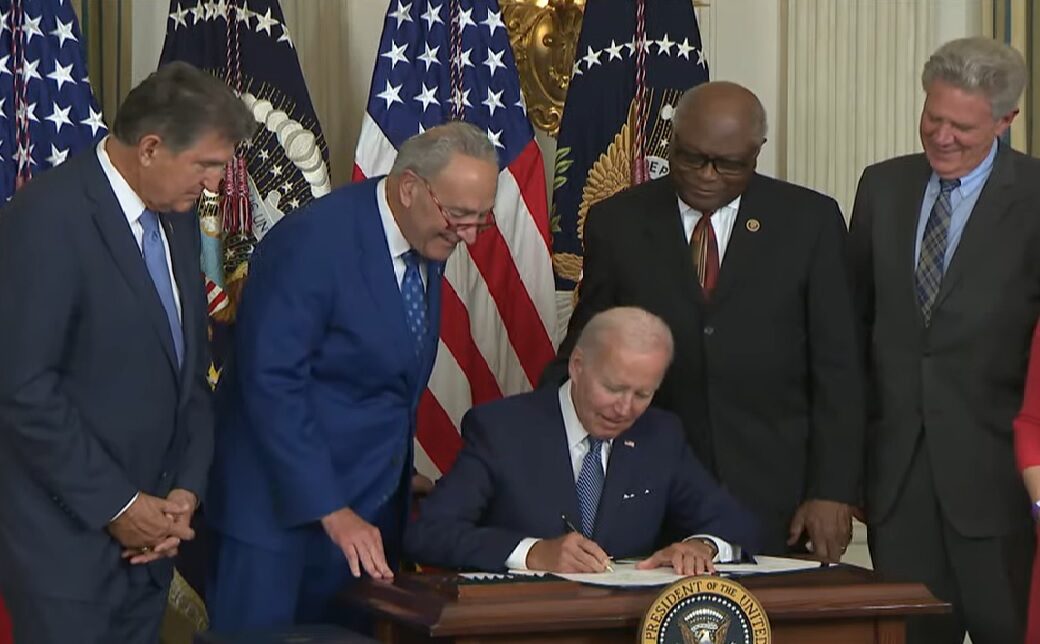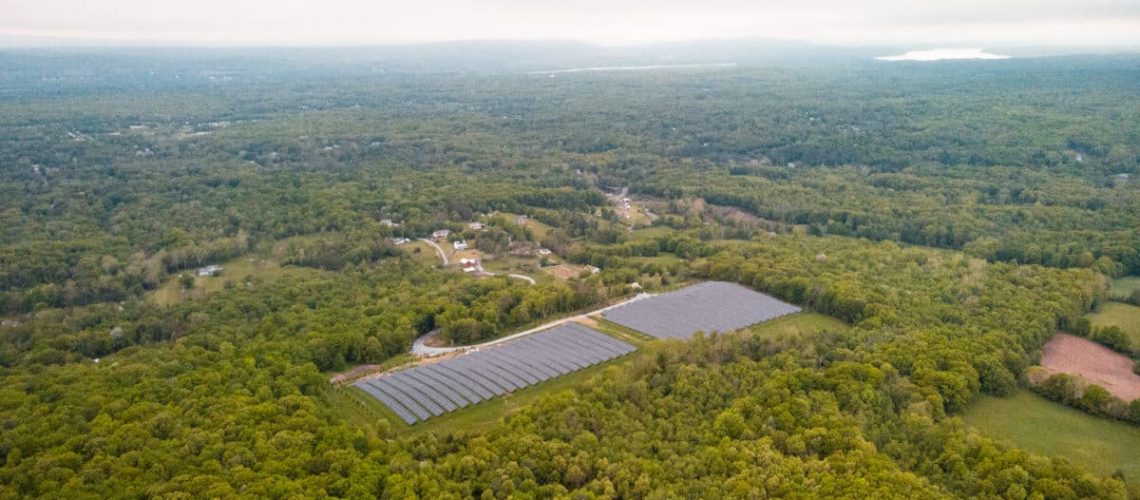A recent headline in this publication stated that “community solar increases energy equity.” It is true that incentives and legislation ensure that community solar projects are built to include low- to middle-income (LMI) communities in a meaningful way. And undoubtedly, the “middle income” part of “LMI” are benefitting from access to clean, low-cost solar power.
I do believe that the growth statistic referenced in the article – from two to 10% participation by LMI subscribers – is the result of a carrot and stick approach that has made it either a requirement or a bonus for community solar project developers to actively include traditionally underserved communities.
While this growth metric is significant, it may not be indicative of the reality for low–income households. When looking at the data, the question remains – how many of these LMI subscribers are actually middle income, rather than low income – the truly underserved?
Today, a host of frictions exist that make it really challenging to include low income households in a meaningful way. In fact, because of these frictions, it was surprising to read another statistic in the article; that the cost of acquiring LMI customers for community solar projects had declined by 30% between 2022 and 2023.
Our experience shows that engaging LMI households often requires significantly more handholding, which can translate to higher costs. This need for a higher touch isn’t surprising as these communities have historically been taken advantage of, so they approach a new service with great skepticism. Then, they often encounter a host of requirements that solidify this point of view, and make enrolling and keeping them as subscribers difficult.
Billing challenges
In many states, low-income households who enroll in community solar programs receive two bills: one from their community solar provider to pay for the community solar credits applied to their utility account; and one from their utility reflecting any remaining usage/bill spend not offset by the community solar credits. We’ve already introduced complexity – and from their perspective, the possibility of paying more – simply by introducing a second bill.
However, the issues do not stop there. Community solar credits applied to a bill in June might not be invoiced until August when the utility actually shares required data. Subscribers, understandably, can be confused since credits don’t reconcile with their most recent bill.
Some states, like New York, have instituted net crediting, a streamlined method for implementing community solar credits where savings are applied directly to the subscribers’ bill. In this scenario, a subscriber who receives a $100 community solar credit would realize the $20 (or 20%) savings on their primary utility bill. The $20 would simply be applied to the subscriber’s bill as savings and the $80 would be paid by the utility to the project owner. From the subscriber’s perspective, nothing changes and the savings are easy to see.
Unfortunately, net crediting is still the exception, not the norm. In New York, the New York State Energy Research and Development Authority (NYSERDA) have worked with community solar project managers like PowerMarket to advocate for approaches, like net crediting, that make the process easier for the LMI households who would most benefit from credits and discounts. States including Maryland, New Jersey, and Illinois are in the process of implementing net crediting. I am hopeful that more states follow suit.
Misguided consumer protections
In many cases, a number of states have had to react to bad actors in the retail supply and rooftop solar industries. These states have developed community solar programs with well-intended but inherently flawed consumer protection rules that have also created unnecessary roadblocks for subscribers. In llinois, for example, regulations require interested consumers to navigate a disjointed, digital-only enrollment process. For seniors who may not have an email address, or LMI households without reliable access to internet service, this creates friction from the start.
Illinois requires interested subscribers to first execute a unique, online-only Disclosure Form (DF). This DF creation process presents material barriers to households without computer access or technical savvy. In fact, if you are a subscriber who doesn’t have an email address, like many seniors, you need to sign an additional form representing as much.
In other states, including Massachusetts and Maine, the utilities, citing consumer protection and privacy, do not share critical subscriber usage and bill spend data with community solar managers, resulting in allocations that do not accurately match subscriber’s usage. In some cases, this translates into subscribers paying for credits that then expire. Or in other cases, consumers miss out on additional savings they could be enjoying if only their allocation could be increased. Without the data, however, community solar managers are simply relying on historical usage, and have no ability to adjust allocations as usage naturally fluctuates.
Reducing friction and increasing profitability
Community solar availability is absolutely increasing – not just for LMI households but for many other residential and corporate users. Tax incentives, regulatory requirements, and adders are certainly increasing access and usage.
However, real momentum will come when two things are addressed: reducing challenges for low income subscribers; and increasing profitability for developers.
The industry should unite in a call to action to regulators and legislators: reduce frictions that are hampering growth in equitable community solar access. A host of positive developments in different markets can serve as lessons-learned for the industry as a whole. There are states where regulators have instituted net crediting, enhanced data sharing between utilities and subscriber management organizations, and carved multiple avenues for humanely proving eligibility for LMI discounts. In these states, underserved households and individuals are finding it easier and more attractive to access the benefits of community solar.
Real change ultimately will be driven by looking at and learning from how community solar programs are administered in a creative and effective way. As these smart approaches to our industry proliferate nationally, we should begin to see real, explosive growth around community solar. Let’s work together to ensure that developers and underserved communities both benefit.
Jason Kaplan is president and general counsel at PowerMarket, a provider of acquisition, management, billing and support services to the solar energy industry. In his role, Kaplan works with a broad range of developers, municipalities, businesses and other stakeholders to make clean energy accessible to all.
Popular content




